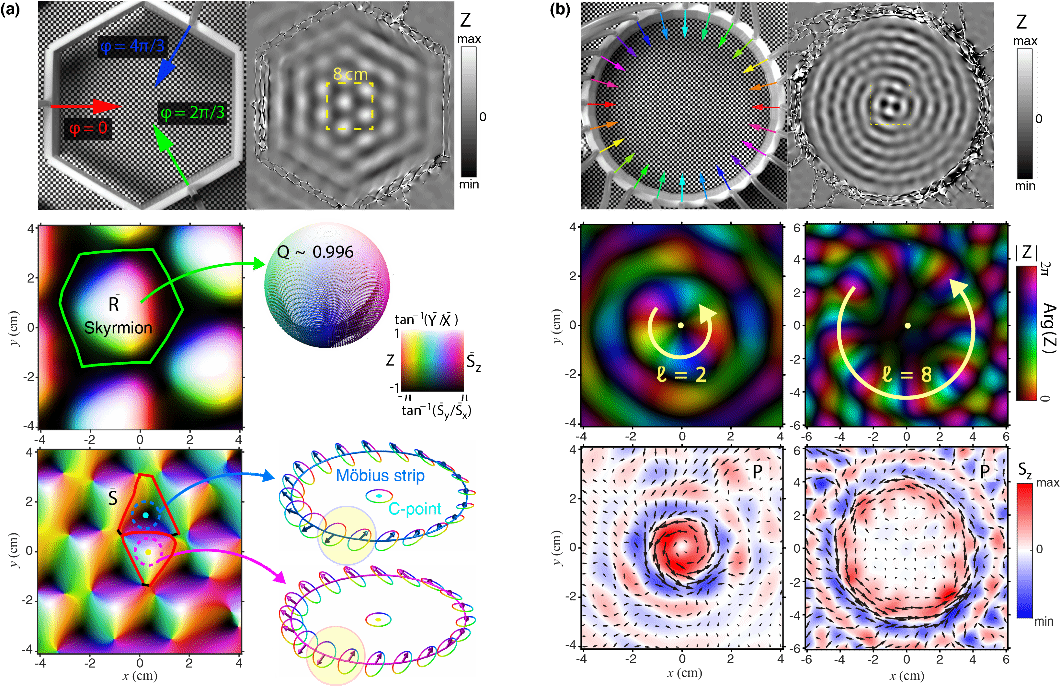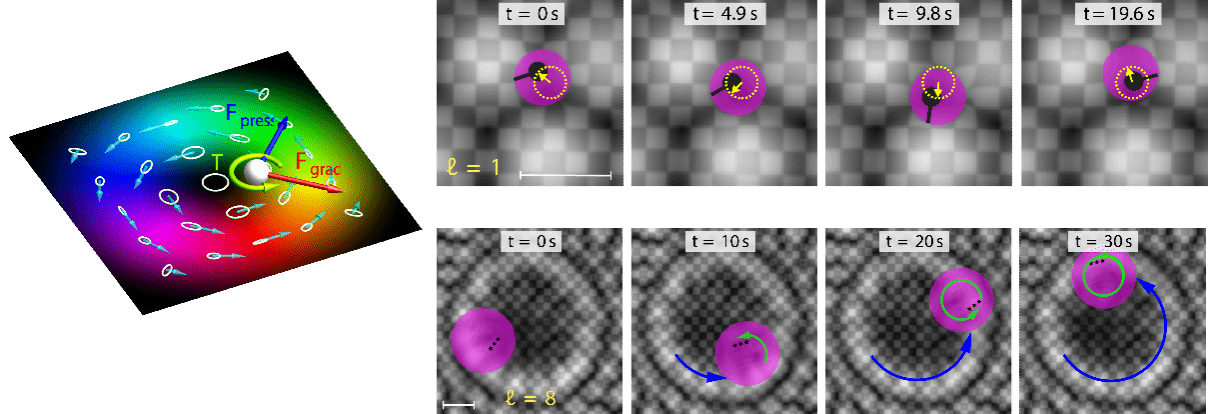

On February 6, 2025, a breakthrough in the field of topological water-wave structures was published online in the prestigious journal Nature under the title Topological Water-wave Structures Manipulating Particles. This research, led by Researcher Wang Bo from HENU’s School of Future Technology (Quantum Information), in collaboration with teams from Fudan University led by Professor Zi Jian and Professor Shi Lei, Assistant Professor Shen Yijie from Nanyang Technological University, Singapore, and Professor Konstantin Bliokh from Donostia International Physics Center (DIPC) in Spain, charts a new course for particle manipulation technology.
By precisely controlling the wave vectors and phases of multiple wave interferences, the team successfully constructed various topological wave fields. These fields enabled the precise manipulation of particles, effectively addressing key challenges in the field.
The study initially generated multiple topological water-wave structures within a three-wave interference field. Subsequently, the team observed higher-order phase vortices and the emergence of Skyrmionium in the displacement field (see Figure 1). This research provides crucial theoretical and experimental support for exploring topological effects in classical wave systems.
Furthermore, leveraging the topological properties of water-waves, the team achieved precise trapping and manipulation of macroscopic floating particles using structured surface water-waves. This discovery offers a novel control method for microfluidics and material transport.
The tunability of topological water-waves opens up extensive application potential in microscale physics, bioengineering, and environmental science. In the future, this finding could lead to broader applications, including high-precision micromanipulation, environmental remediation, and even the exploration of deeper fundamental physical laws.
Wang Bo, Researcher at HENU’s School of Future Technology (Quantum Information), is the first author of the paper. Graduate students Tong Caili from HENU’s School of Future Technology (Quantum Information) and Cheng Cheng from Fudan University’s Department of Physics also made significant contributions. This research was supported by several programs, including the National Key R&D Program of China and National Natural Science Foundation of China (Major Program).
Wang Bo, a researcher, has recently focused on bound states in the continuum of photonic crystal films and gravity wave simulations of optical effects. He has published over 10 SCI papers in journals such as Nature (1 paper), Nature Photonics (1 paper), and Physical Review Letters (1 paper, as a co-author), and has led programs funded by the National Natural Science Foundation of China and two postdoctoral grants.

 News /
Content
News /
Content


